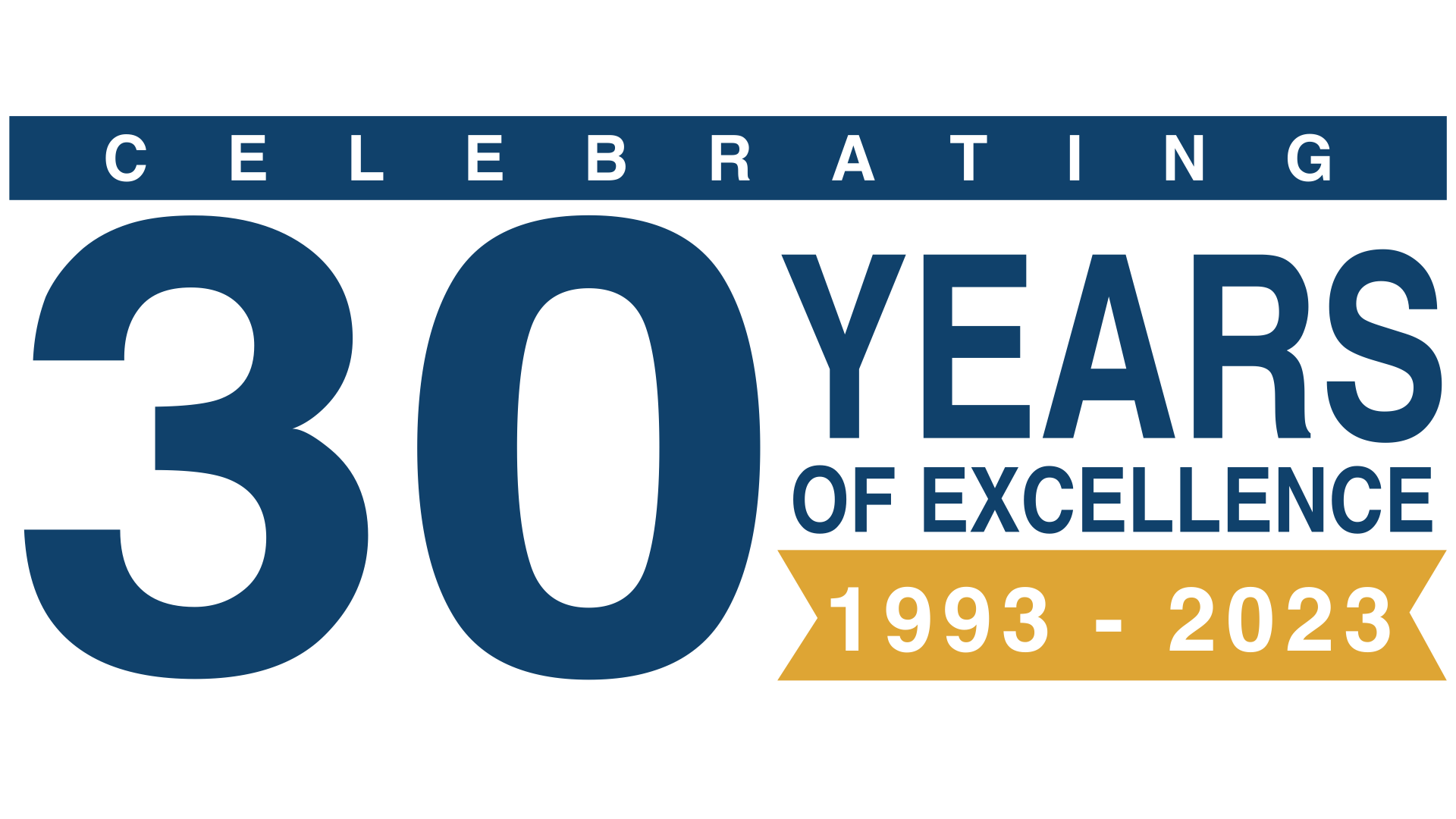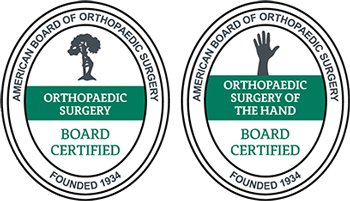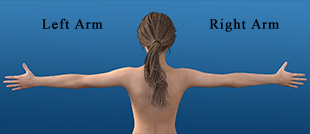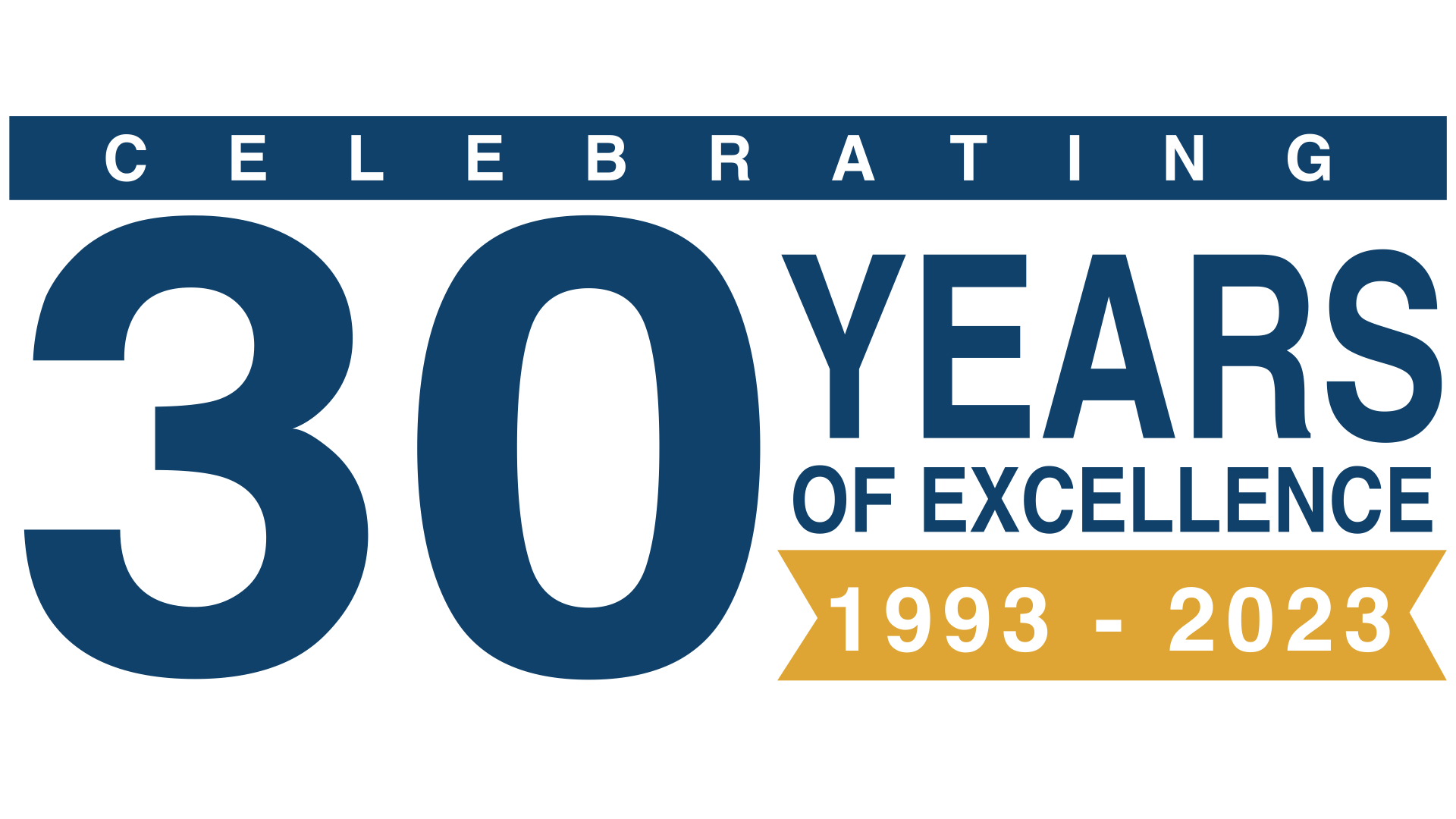Common Golfing Injuries and Tips for Prevention
Golf may seem like a relaxing and relatively slow paced sport, but it actually puts a great deal of strain on your body. Golf requires a number of unusual movements that you’re unlikely to perform otherwise. If your body isn’t properly prepared for these types of motions, they could result in serious strain and injury. Watch out for these common golf injuries and take steps to actively prevent them so you can stay in the game comfortably for years to come.
Contents
Back Pain and Injury
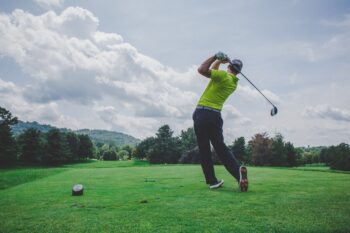
Back pain and back injuries are common among golfers because they often spend hours hunched over their clubs in an unnatural position. This, combined with the rotational movement of a golf swing, can create a great deal of back pain and discomfort. You need a strong core and nimble lower back to manage the challenges of golfing without heading home feeling sore. Lower back pain is the most common problem for golfers, but those who carry their clubs around the course may suffer from upper back pain as well.
You can make your golfing experience more comfortable and take steps to prevent back injuries by:
- Warming up thoroughly before you play.
- Exercising your core muscles regularly between golf games.
- Getting a deep tissue massage after golfing.
- Seeing a chiropractor regularly.
- Taking a pain medication that reduces inflammation, such as ibuprofen, after you play.
- Getting adequate rest between golf outings.
Knee Injury
The knee is second only to the lower back when it comes to commonly injured areas in golf. The way you rotate your hips during a golf swing puts a lot of strain on your knees. In fact, it’s less stressful for your knees to simply jog through all 18 holes on the course than it is to actually play through them. The movement of a golf swing places a force that’s 4.5 times your body weight on your forward knee, while exerting a force that’s more than three times your body weight on the back knee.
Knee injuries are particularly common among older golfers, but you can suffer from this type of excessive strain at any age. Golfers are particularly prone to tendonitis, tendinopathy, meniscal and ligament tears, and osteoarthritis.
You can help protect your knees from injury by:
- Frequently performing exercises and stretches that increase the flexibility of your hips, lower back, and mid back.
- Rotating fully through your back, hips, and knees to reduce stress on the knees alone.
- Stretching your hamstrings, thighs, calves, and core muscles before every round of golf.
- Wearing shoes with good arch support.
- Wearing a knee brace if you’re experiencing pain or discomfort in your knees.
Rotator Cuff Injury
The rotator cuff is the group of tendons and muscles surrounding the shoulder joint. Golfers put strain on this part of the body with every swing. Strain becomes especially pronounced in golfers who use poor mechanics, but even pro golfers can suffer from tears and tendinitis in the rotator cuff caused solely by the repetitive motion of every swing. If you’re not positive that you’re using the right form, consider taking a few golfing lessons from a pro to make sure you’re not putting your rotator cuff at risk.
You can help prevent rotator cuff injuries by:
- Warming up with stretches and cardio before you play.
- Shortening your back swing.
- Turning more throughout the hips and waist with your swing.
- Resting between games and decreasing your playing time to prevent overuse.
Golfer’s Elbow
Golfer’s elbow, also known as medial epicondylitis, is a painful elbow condition that results from cumulative damage to the tendons that attach to the inside of the elbow. These tendons run from the elbow down to the wrist and fingers. Repeatedly twisting the tendons and making a gripping motion with the hand can aggravate this part of the inner arm, leading to tenderness, stiffness, weakness, and even tingling or numbness near the elbow.
Golfer’s elbow often results from poor conditioning, excessive force, or overuse. Make sure that you’re using the right posture when golfing to minimize your chances of developing this injury. You can also help prevent golfer’s elbow by:
- Strengthening the forearm muscles with weights or similar strength exercises.
- Warming up and stretching before golfing.
- Upgrading to lighter golf clubs.
- Taking a break any time you notice elbow pain.
De Quervain’s Tenosynovitis
De Quervain’s Tenosynovitis is an inflammation of the wrist tendons located at the base of the thumb, known as the abductor pollicis longus and extensor pollicis brevis. This condition is common among golfers because it’s caused by repetitive and forceful wrist movements. The very nature of a good golf swing causes the wrist to release force at a high velocity then decrease speed suddenly after the impact. This creates a great deal of stress for the hand, wrist, and forearm.
You can decrease your chances of developing this injury by:
- Taking frequent breaks when you’re golfing.
- Changing the motion that you use from one swing to the next so it’s less repetitive.
- Wearing a wrist and thumb brace to minimize movement.
Hip Tendinitis
Your hips rarely get as much exercise as they do in golf. This sport requires you to bend your hip and move it away from your body’s midline as you move through the swing. Repeatedly engaging in this motion can result in hip tendinitis. You may also suffer from pain in the groin and lateral hips. Protect your hips from any developing problems by making sure you’re always using proper form. Beyond this, you can help reduce your risk for hip tendinitis by:
- Stretching properly before games.
- Strengthening your core through regular exercise.
- Strengthening your leg and gluteal muscles with regular exercise.
If you’re suffering from a golfing injury to your hand, wrist, or elbow, our team at The Hand and Wrist Institute can help. We have extensive experience treating a wide range of golfing injuries that affect these areas. Contact us to make an appointment and learn what we can do for you.
Golfing by Courtney Cook is licensed with Unsplash License




